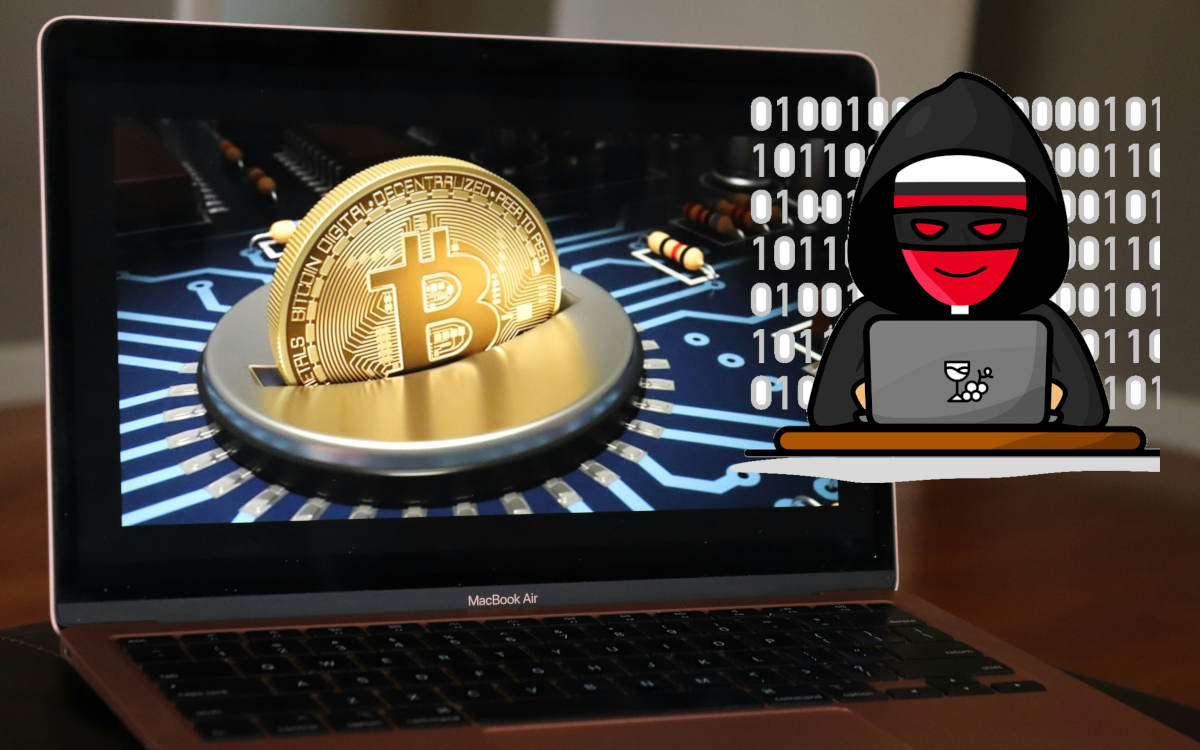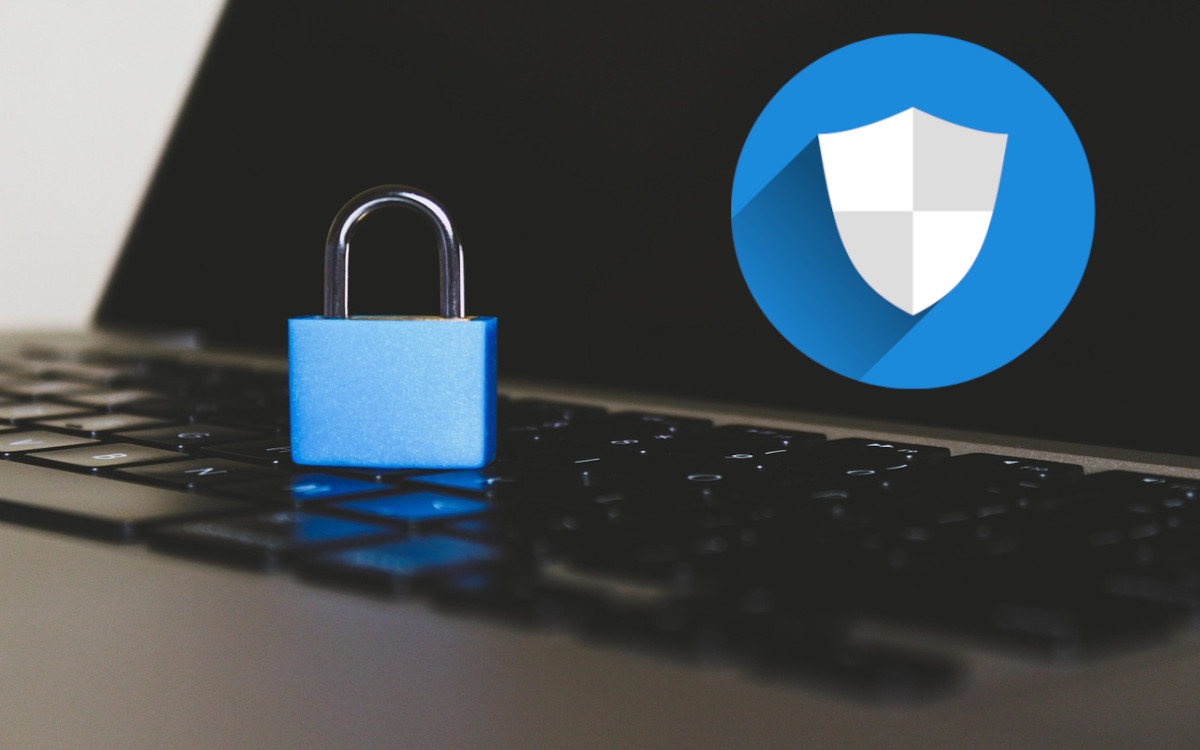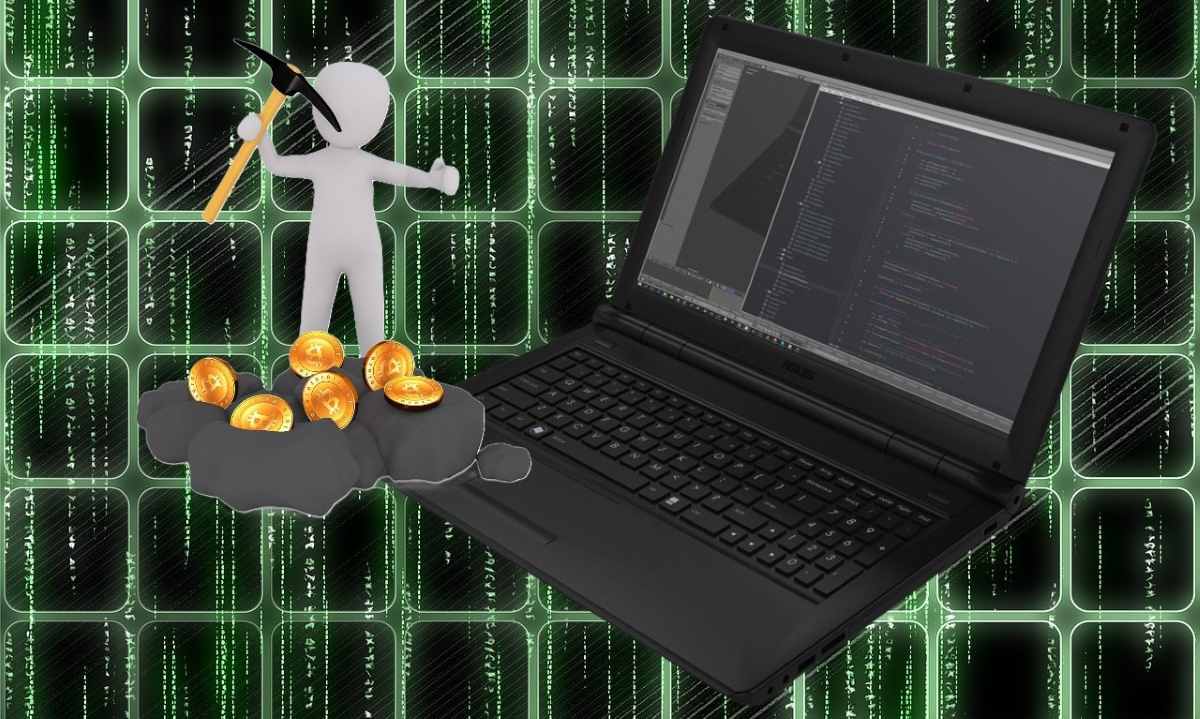There are many reasons why a PC may become slow or experience significant performance reduction. Among the most complex is the Unauthorized use of computer resources to mine cryptocurrenciesIn this article, we'll explain how to tell if an app is mining cryptocurrency on your computer and what to do to fix it.
Cryptojacking: Mining on someone else's computer
When a PC is slow, we usually attribute it to the age of the hardware or a lack of software updates. We rarely imagine that the problem lies in an application that is using your computer's resources to mine cryptocurrencyThis is a real risk and has become popular in recent years with the rise of digital currencies and the use of tecnología blockchain.
The illegal practice of mining on someone else's computer is known as cryptojacking. Basically, it involves using a computer's processing power (CPU/GPU) without its consent to solve complex algorithms that generate cryptocurrencies like Bitcoin, Ethereum, or Monero. Behind all this is an attacker who, instead of investing in hardware and energy to mine cryptocurrencies, exploits other people's resources to make illicit profits.
The problem with this practice is that It is more difficult to detect than other types of malware, like ransomware. It can also operate in the background for months, stealthily, without the user even noticing. Any computer's processing power can be hijacked by infected apps, cloud services, websites, or ads. The obvious question is: "How do I know if an app is mining cryptocurrency on my computer?"
How do you know if an app is mining cryptocurrency on your computer?

Although illegal mining without consent is difficult to detect, there are ways to tell if an app is mining cryptocurrency on your computer. The most obvious is resource consumptionCrypto mining requires a lot of power. Therefore, if your computer is running at 100% capacity even when you're not running heavy programs, it's a clear sign. You can check your CPU/GPU usage level like this:
- In Windows, open Task Manager (Ctrl + Shift + Esc) and check the Performance tab.
- On macOS, use Activity Monitor (Cmd + Space, then type activity monitor).
In both cases, Look for processes that you don't recognize and that are constantly consuming more than 50-70% of the CPU resources.If you find one, you likely have a mining program working secretly on your computer. Let's look at other signs.
Overheating and fan noise
Excessive resource consumption will quickly increase your computer's temperature. To keep the heat at normal levels, your computer will activate the motherboard and GPU cooling system. Therefore, if you notice that The computer fans do not stop or activate very frequently, there may be a mining process running in the background.
And if you have a laptop, all of the above will also make the device's battery runs out in the blink of an eyeCryptojacking forces the processor to work at its maximum capacity, which drastically reduces battery life.
Extreme slowness
Overheating and fan noise can help you tell if an app is mining cryptocurrency on your computer. Another clear sign is the Applications that are slow to open, windows that freeze, or delays when browsingWhen your computer seems unresponsive to simple commands or freezes when you're not running complex processes, there's something brewing behind the scenes. It's possible that system resources are being diverted to a hidden mining process.
Suspicious network activity
A clear sign that your computer's processing power has been hijacked is the presence of suspicious activities on the networkRemember that malicious miners communicate with remote servers to send the generated cryptocurrency or to receive new instructions. To detect these types of connections, there are tools such as Glasswire o wireshark, Free network traffic monitoring programs available for Windows and Mac computers.
How to detect and eliminate a malicious miner

Have you had any serious doubts after reviewing these signs? Knowing if an app is mining cryptocurrency on your computer is the first step. Now you need to make sure remove any trace of any malicious miner, and take steps to prevent this from happening again. What can you do now?
The first is take advantage of built-in performance monitors in your operating system. As mentioned above, Windows has Task Manager, and macOS has Activity Monitor. Use them to filter processes by CPU usage and look for strange names like: xmrig (associated with Monero), cpuminer, sgminer or generic terms such as runtime o update_service. End any of these processes, then go to Applications and uninstall any software you don't recognize.
Install specialized antivirus and extensions
Another very effective alternative to know if an app is clandestinely mining cryptocurrencies is to install and run a specialized antivirusThese programs contain updated databases that can be used to detect and eliminate any hidden miners. Try Malwarebytes, Norton Power Eraser or HitmanPro, anti-malware programs that specialize in performing deep system scans and detecting threats of this type.
Remember, too, that cryptojacking can also operate through scripts on infected websites or ads. If you visit or click on one of these, they could inject malicious code into your computer that, when executed, uses your processor or graphics card to mine cryptocurrencies. To avoid this risk, you can: Install extensions like NoCoin or MinerBlock, which block these scripts in real time.
If the situation doesn't improve with these measures, you may need to restore your system to a previous point or even reinstall the operating system. Of course, to avoid going to these extremes, Always try to download applications from trusted sources, keep your software updated, and use browser extensions like uBlock Origin or its alternatives. Keep in mind that when it comes to computer security, prevention is key.
Since I was very young I have been very curious about everything related to scientific and technological advances, especially those that make our lives easier and more entertaining. I love staying up to date with the latest news and trends, and sharing my experiences, opinions and advice about the equipment and gadgets I use. This led me to become a web writer a little over five years ago, primarily focused on Android devices and Windows operating systems. I have learned to explain in simple words what is complicated so that my readers can understand it easily.
